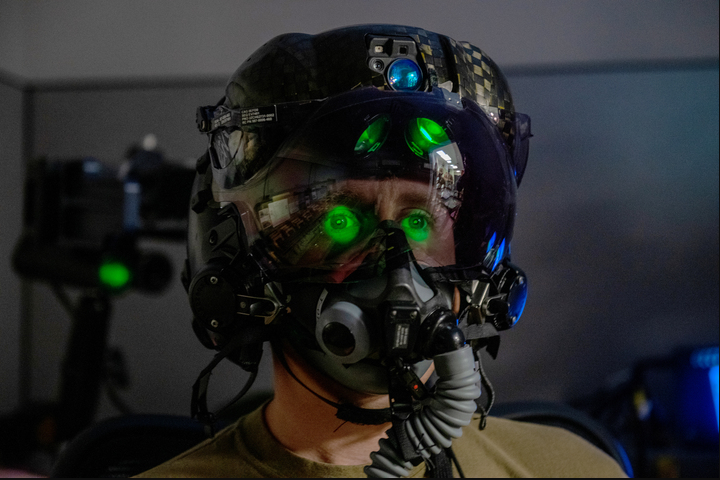
Credit: U.S. Air Force
A lingering problem with the F-35’s high-tech helmet obscuring the pilot’s vision has prompted U.S. Air Force investigators to call for adjustments to the system, while the service is not following the U.S. Navy and Marine Corps’ effort to retrofit a fix for the “green glow” issue. The problem...
Subscription Required
This content requires a subscription to one of the Aviation Week Intelligence Network (AWIN) bundles.
Schedule a demo today to find out how you can access this content and similar content related to your area of the global aviation industry.
Already an AWIN subscriber? Login
Did you know? Aviation Week has won top honors multiple times in the Jesse H. Neal National Business Journalism Awards, the business-to-business media equivalent of the Pulitzer Prizes.
